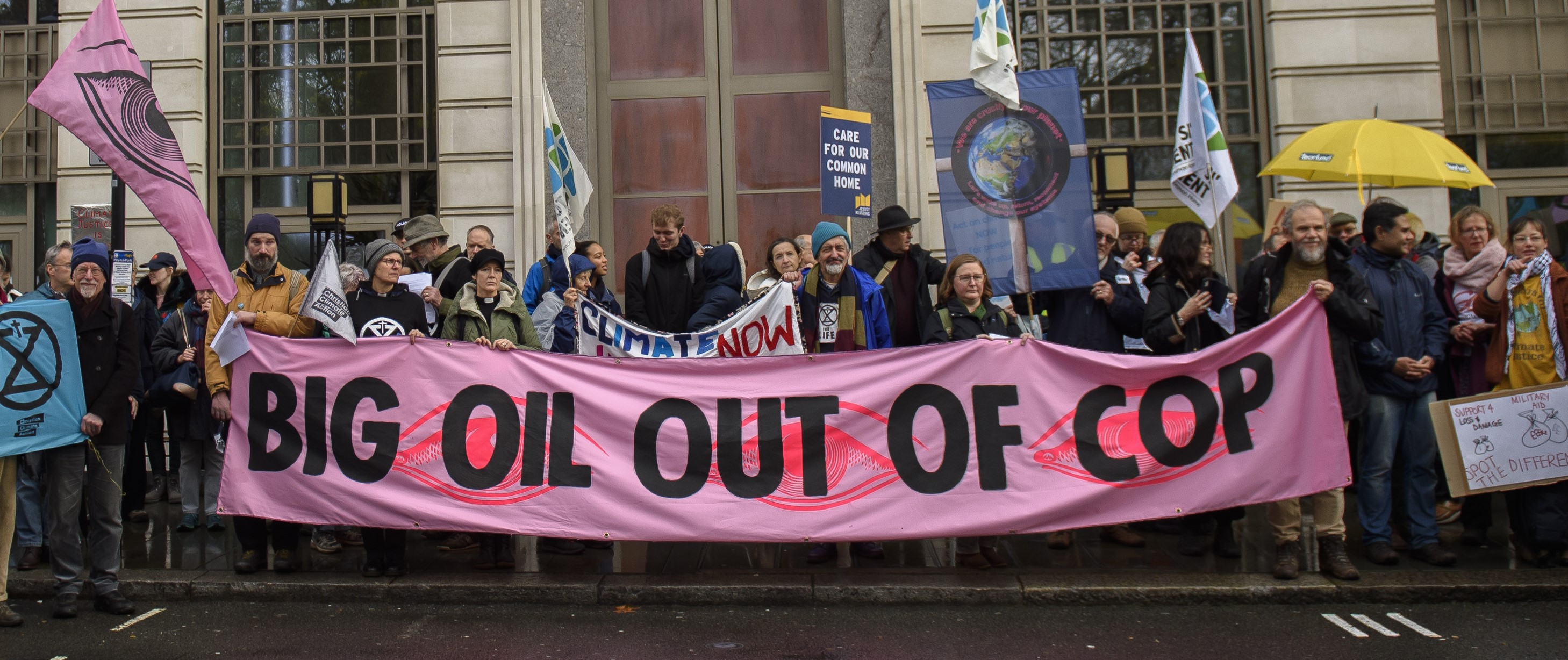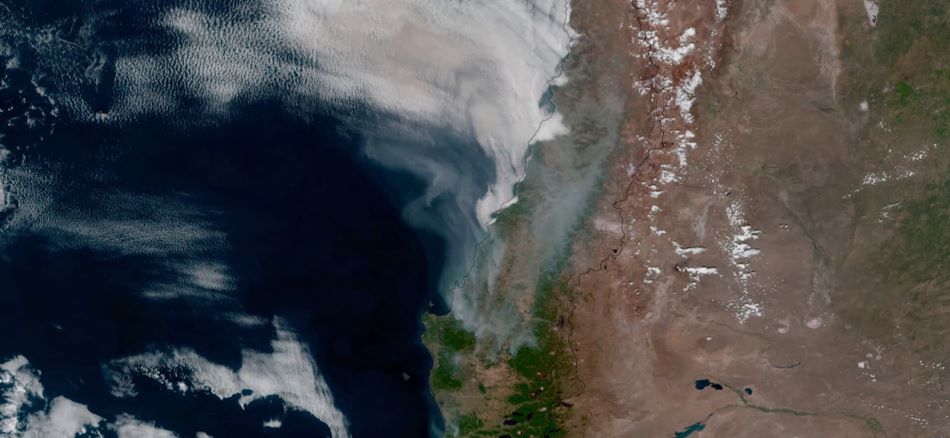
A ‘historic agreement’? COP28 was the first such summit in three decades of UN climate negotiations to agree the necessity of moving away from fossil fuels. Which frankly says more about the failures of the process as a whole than the success of COP28. So what are the key outcomes from Dubai that we need to understand?
The final text, the ‘Global Stocktake’ did not in the end agree the ‘phase out’ of fossil fuels which more than 100 countries had called for, with oil producing nations, notably Saudi Arabia, implacably opposed. Instead, it called on countries to contribute to global efforts to transition “away from fossil fuels in energy systems in a just, orderly and equitable manner, accelerating action in this critical decade, so as to achieve net zero by 2050 in keeping with the science”.
The overwhelming message from Global South countries was that while language might be significant, at COP28 it was much less important than the failure of richer nations to put money on the table. Poorer countries face three overwhelming costs they are unable to meet without this:
-
Adaptation: In a heated and unstable world, preventative investment in climate-resilient food production, coastal flood adaptation, management of scarce water resources, etc., is essential. But climate finance for this has been minimal. The adaptation finance gap is estimated at $194-366 billion. At COP28 an adaptation framework was agreed but not the money needed to deliver.
-
Loss and damage: Extreme weather events are increasingly causing severe losses, and those in poorer countries who have done least to cause the climate crisis are least able to bear the cost. At COP27, countries finally agreed to set up a fund to pay for this loss and damage, after a 30-year fight led by small island states and developing countries. On the very first day of COP28, the fund was formally adopted, and by the end of COP28 $770m had been pledged. Some countries, such as the UK, re-pledged funding already announced. Notably the US pledged a measly $17.5m. By comparison, estimates for the annual cost of climate damage have varied from $100bn-$580bn - the fund so far covers less than 1% of what is needed.
-
Transition: Richer nations built their economies on exploiting fossil fuels. The Paris agreement includes a commitment from developed countries to transfer funds not just for adaptation to climate impacts but so that poorer countries are able to develop without reliance on fossil fuels and meet their emissions targets. The commitment to provide $100bn a year by 2020 has not been met. The governments of countries such as Uganda say they cannot be expected to forgo the billions that exploiting their oil reserves would bring in when no alternative funding is forthcoming. Many countries are locked in a debt trap, forced to keep drilling to service their debts. 'Climate finance' as further loans is a bitter irony.
There are clear loopholes in the text, such as the call for the acceleration of carbon capture & storage, a technology which is unproven and expensive but can be used as a fig leaf for fossil fuel expansion. ‘Transitional fuels’ are ‘recognised’ for ensuring energy security, a clear reference to the idea that gas could be used as a ‘bridge fuel’ - which is not compatible with staying below 1.5C.
COP28 was supposed to finalise rules on carbon markets (Article 6). However, talks ended in deadlock. Despite multiple scandals around carbon trading, the US had been pushing for ‘light touch’ regulation, which would allow secrecy and potentially double counting of emissions cuts. This was blocked by countries demanding greater scrutiny as well as human rights and environmental safeguards. However this leaves the existing ‘voluntary’ carbon market unregulated for at least another year.
When it comes to climate breakdown, the bottom line is not politics but physics, which is not affected by words but only by the reality of cumulative global greenhouse gas emissions which continue to rise. The nations facing the most immediate existential threat, the Alliance of Small Island States, were clear in their statement, “It is not enough for us to reference the science and then make agreements that ignore what the science is telling us we need to do. This is not an approach that we should be asked to defend.”





